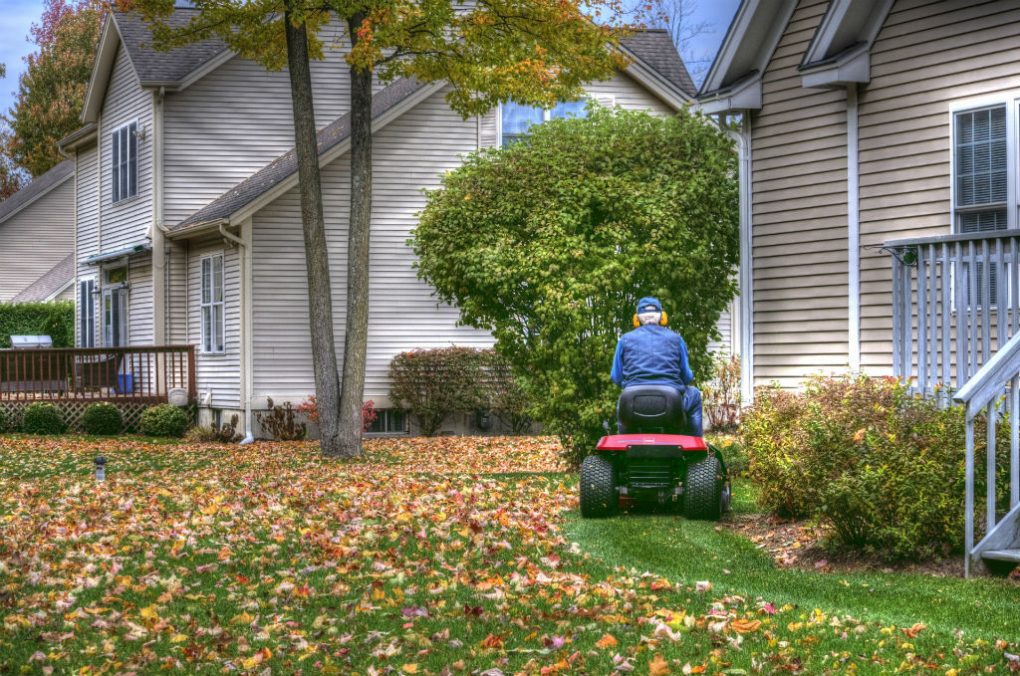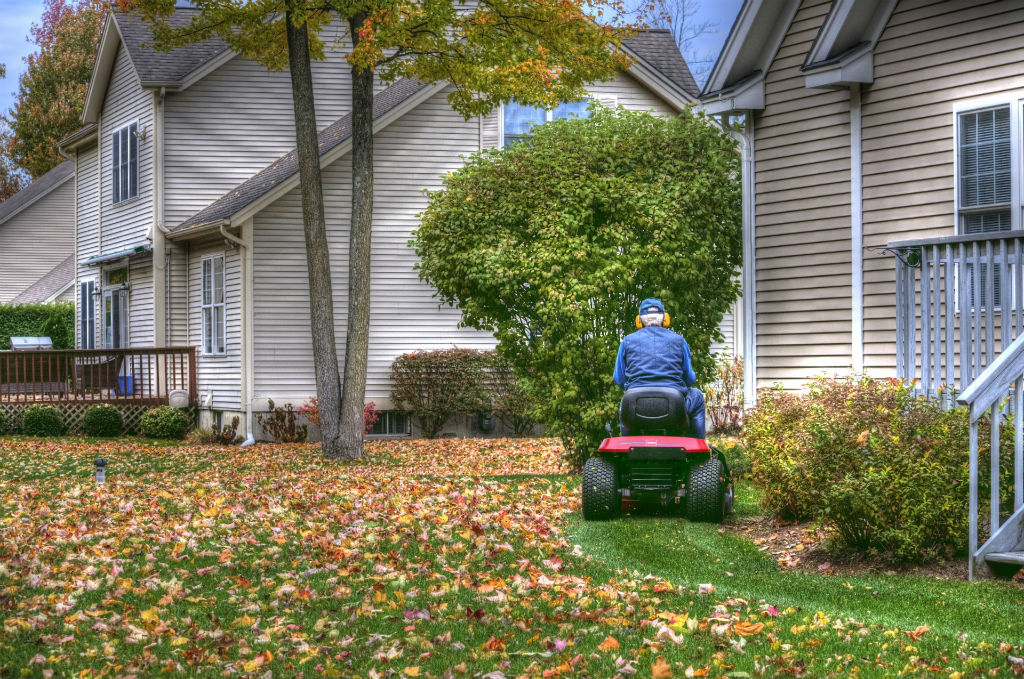3 Solid Reasons Never to Rake Your Leaves Again
By Ann Katelyn
Raking is a common a common activity for lawn owners, especially during the fall season. Homeowners want their lawns to stay clean, and raking is their go-to option. However, raking might not be actually a good idea. Here, we look into the reasons why others people wouldn’t recommend raking leaves on one’s property.
1.) Helping Animals
According to the National Wildlife Federation, the leaves on the ground can be of great use for animals. For example, toads and turtles can feed on the fallen leaves on your lawn. The leaf layer is beneficial to animals such as salamanders, chipmunks, and shrews for either food or habitat.
Widget not in any sidebars
Similarly, birds can fly down your property to get the leaves. They can use them to construct a nest. Likewise, caterpillars can seek refuge under the fallen leaves during the winter season. Once the spring season approaches, they can begin to transform into butterflies or moths. Amusingly, the newly hatched birds in spring can stay healthy when the birds feed them with butterfly and mother caterpillars.
Here’s a video discussing the matter:
Source: https://www.youtube.com/watch?v=qfVwEwIi0A0
2.) Giving Warmth and Nutrients
Instead of raking the leaves and letting them be collected and thrown in landfills, you can just use them as compost. If you choose not to rake the leaves during the fall season, your lawn maintenance in the spring season can be reduced. If you compost in winter, the fallen leaves can eventually serve as a natural pesticide and soil conditioner in your lawn.
In addition, mulching the leaves will naturally turn them into a fertilizer for your lawn. With the addition of nutrients from these fallen leaves, the harmful weeds won’t be able to spread quickly. As noted by the Good News Network, the leaves can be used to provide some much-needed warmth for your flower beds during the cold seasons.
The Michigan State University conducted a study regarding mowing and not raking the leaves. In their experiment, the researchers used a rotary mower with a cutting height of three inches during fall. They then began to mow a layer of leaves that was at least 18 inches deep. The test plots with these mowed leaves had positive developments in terms of soil quality. By spring, there weren’t many leaves remaining.
3.) Saving the Environment
By choosing to keep or reuse the leaves on your lawn, you effectively decrease the number of greenhouse gases that go up the atmosphere. According to the United States Environmental Protection Agency (EPA), about 33 million of lawn waste or yard trimmings are discarded to landfills every fall season.
This is equivalent to an estimated 13 percent of the total solid waste in the United States. As the leaves remain underground, they cannot get enough oxygen to decompose. In the end, they become methane gas that eventually damages the atmosphere.
Moreover, throwing away fallen leaves can affect bodies of water. If heavy rainfall occurs before they are collected, the leaves can be carried down to catch basins. Once they arrive there, the fallen leaves will begin to undergo decomposition.
During this process, nutrients such as nitrogen and phosphorus are released into rivers and streams. If there are too much of these nutrients, the water becomes prone to algae blooms in summer. Algae blooms can quickly reduce oxygen levels, which affect the survivability of fish and other animals living in the water.
FREE Sample American Natural Superfood (Ad)
If you do want to get rid of them, you should find a local recycling center. Such a place will be more than willing to compost the leaves and help other individuals in your community in improving the health of their respective lawns.
One Reason to Rake
Then again, raking leaves should not be entirely discouraged. As much as they can serve as a natural fertilizer, the fallen leaves can still be a place where plant diseases can survive during winter. Even if a disease is specific to a host, you cannot risk letting it spread in your lawn. A disease that affects just the grass and not your deciduous trees is still bad for the overall health of your lawn.
The FREE Compact Garden Blueprint (Ad)
Raking the fallen leaves in autumn can reduce the chances of plant diseases becoming prominent during spring and summer. Consequently, you still have the option to rake them without throwing them in the trash. Raking them just to put them to the side of your lawn can immediately keep your lawn tidy. You can still compost these leaves if you want.
In conclusion, there are many reasons why raking is discouraged. The atmosphere and bodies of water are better off without the leaves being thrown away. Also, many animals benefit from the fallen leaves on your lawn. Likewise, the soil and plants in your property can receive nutrients from the compost and fertilizer formed through the use of the fallen leaves.
If you have any queries, feel free to give us a comment.
Also see: How To Organically Take Care Of Your Backyard Apple Tree
Please help us out by sharing!
Ann Katelyn is the founder of Sumo Gardner where you can find more expert articles on gardening.
This article (3 Solid Reasons Never to Rake Your Leaves Again) was written by Ann Katelyn of Sumo Gardner for Natural Blaze.com






